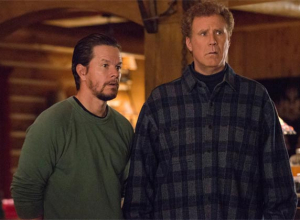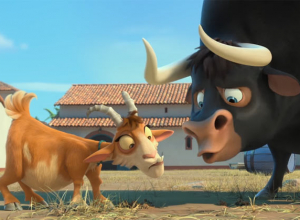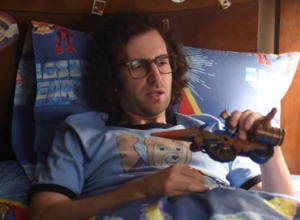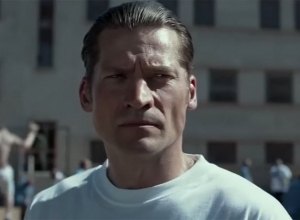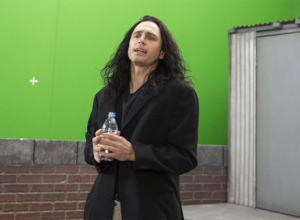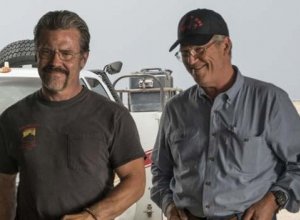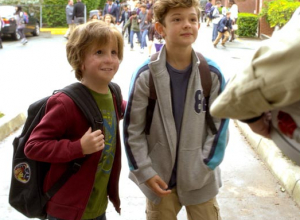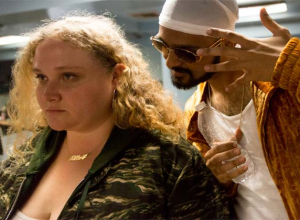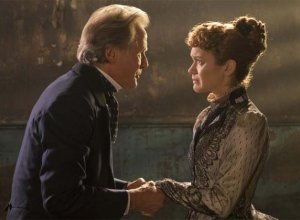The Devil and Daniel Webster Review
By Jake Euker
In this folklore New England, the devil is a real thing, like a fox that steals hens or a dog that barks at nights, and if you want to make a deal with him, it's not too hard to do. One rainy day Jabez curses in the barn, and a little man named Scratch (Walter Huston) appears out of nowhere with a bargain to make: Jabez will have seven years' worth of prosperity and everything that goes with it, and at the end of the seven years, Scratch will get his soul. Jabez signs the contract, and Scratch kicks at the floor of the barn, where a pile of gold rises up from a loose plank. The devil is in the details though, and anyone who's ever seen a movie knows there's going to be Hell to pay.
Spooky, light-hearted, and never less than a joy to watch, 1941's The Devil and Daniel Webster is one of the major - if overlooked - pleasures of its decade. The film followed on the heels of Citizen Kane, and director William Dieterle avails himself freely of Welles's rich, deep bag of tricks as he chronicles Jabez's slide. One of Kane's primary achievements was to reintroduce German Expressionist technique to the mainstream: evocative, mostly-black black-and-white, high- and low-angle cinematography, innovative lighting design. This was something Dieterle knew something about, having himself acted in such key Expressionist films as 1924's Waxworks, and almost every frame of Daniel Webster is animated by cinematic sleight-of-hand: Scratch appears backlit amid rolling fog, windows fill with the faces of the damned, a mansion burns in the background like Manderley.
Among the film's chief pleasures is Huston's Scratch, a personable devil with a pipe that's always lit and a pointy little goatee that's far less hipster and much more goat. His sidekick Belle, a homewrecker in the guise of a maid, is played by Simone Simon; when we first see her in front of the hearth, the fire silhouettes her alluring curls into little horns. Or maybe cat's ears? Her round face, a picture of innocence and evil all rolled into one, begs for whiskers, and when asked about her accent, she purrs "I'm from over the mountain," or, "I'm not from anywhere."
In the company of these two diabolical marvels, Jabez's morals take a slide until he's doing the unthinkable: playing cards on the Sabbath, hiring out work he should do himself, lending less fortunate farmers money at usurious rates. Virtuous Mary knows that only Daniel Webster, the greatest orator of his time and an unbeatable foe at horseshoes and drinking, can save him. The film's centerpiece is a trial before a hanging judge and a jury of the damned, with Webster (wonderfully played by Edward Arnold) representing Jabez and Scratch pleading his own case with a contract signed in blood.
Criterion has tricked out The Devil and Daniel Webster with tons of archival goodies drawn from the short stories that inspired the film. There's also a commentary from film historian Bruce Eder and author Steven C. Smith, and Criterion has cleaned up the sound problems that marred video releases. Kick open this box and the gold just keeps rising.
Aka All That Money Can Buy, Daniel and the Devil, Here is a Man, A Certain Mr. Scratch.
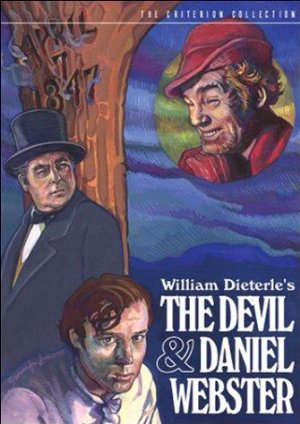
Facts and Figures
Year: 1941
Run time: 107 mins
In Theaters: Wednesday 29th October 1941
Distributed by: Criterion Collection
Production compaines: RKO Radio Pictures
Reviews
Contactmusic.com: 4.5 / 5
Rotten Tomatoes: 100%
Fresh: 17
IMDB: 7.8 / 10
Cast & Crew
Director: William Dieterle
Producer: William Dieterle
Screenwriter: Stephen Vincent Benét, Dan Totherot
Starring: Edward Arnold as Daniel Webster, Walter Huston as Mr. Scratch, Jane Darwell as Ma Stone, Simone Simon as Belle, Gene Lockhart as Squire Slossum, John Qualen as Miser Stevens, H.B. Warner as Justice John Hathorne, Frank Conlan as Sheriff, Lindy Wade as Daniel Stone, George Cleveland as Cy Bibber, James Craig as Jabez Stone, Anne Shirley as Mary Stone
Also starring: William Dieterle, Dan Totherot

